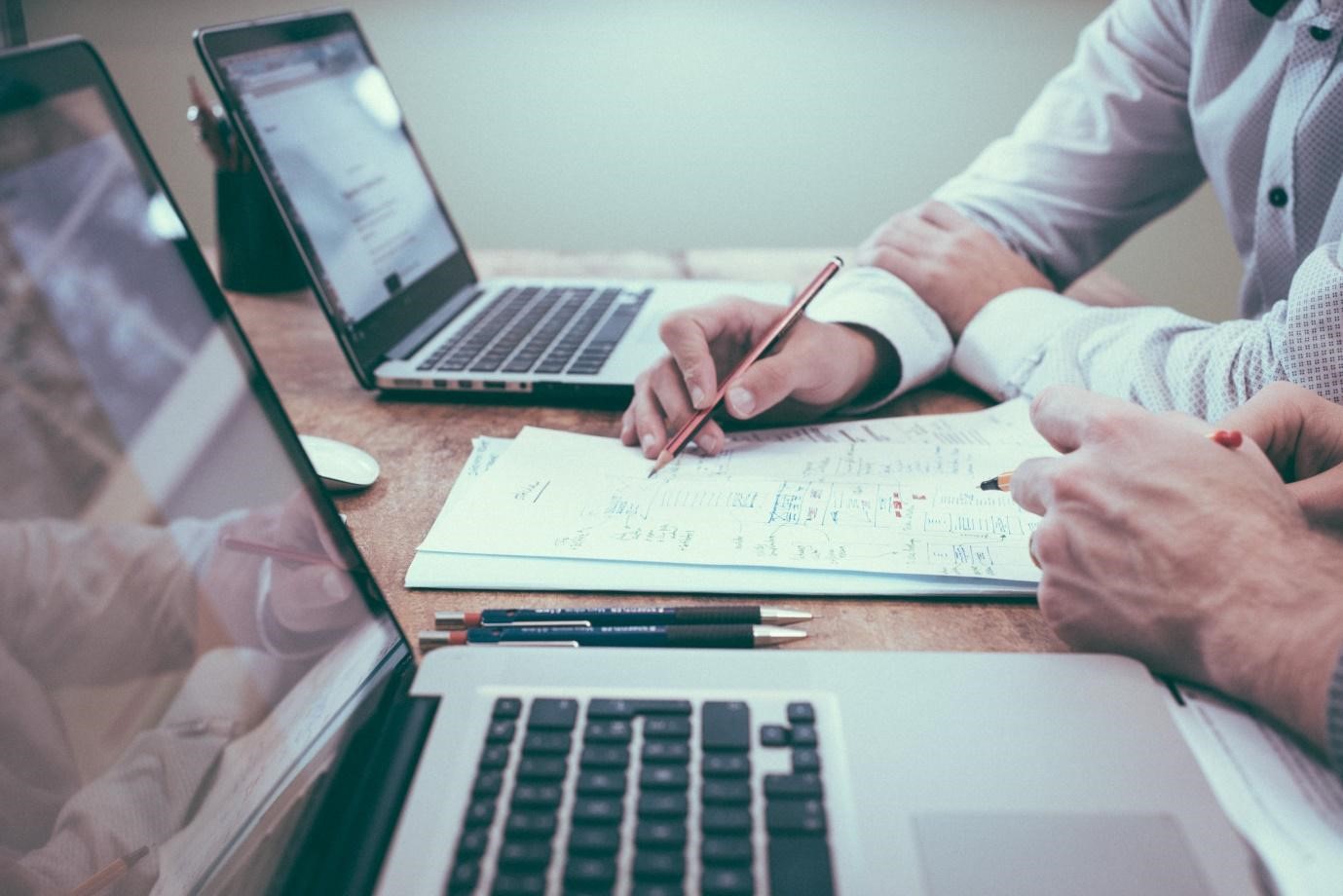Your credit report contains information that can be divided into two categories. The positive category includes properly managed loans, proper financial management, on-time utility, rent, and credit card payments. In contrast, negative information includes bankruptcy, third collection accounts, late payments, and other defaults.
As a consumer, you’ve probably had to worry about how long your old negative information will remain on your credit report. It’s certainly not a good feeling to have those things drag your credit score down, especially now that you’ve got your finances right.
As there is no straightforward answer to how long those things will stay on your account, the good news is that the bad marks won’t stick with you forever.
Who Decides the Duration?

The FCRA and credit reporting bureau policies are the two primary factors that determine how long items remain on your credit report. The Fair Credit Reporting Act (FCRA) is a federal law that establishes consumers’ rights when dealing with credit reporting agencies. As part of its consumer protection, it limits the duration-specific information can remain on your credit report.
Positive information can remain on your account indefinitely under this law because there is no specific FCRA requirement. However, after seven years, most negative information must be removed.
Credit reporting bureaus, on the other hand, govern how long things remain on your credit report with their rules. Nonetheless, they cannot keep items on your report beyond the FCRA’s time limit, but they can choose to remove items earlier.
Read Also: How long does it take to repair your credit?
Different Types of Items on Your Credit Report and Their Duration

We need to emphasize that no “one-size-fits-all” time for leaving things on a credit report. It is unrealistic to expect that the positive information, negative information, and certain offenses will disappear at the same time. Therefore, we will explain different types of things and the duration of each will stay below.
Open Accounts in Good Standing
Remember when we said some things stay indefinitely? This is one of them. Open and in good standing accounts will remain on your credit report indefinitely. The implication is that they will continue to have a positive impact on your credit score.
Closed Accounts in Good Standing
Positive information hurts no one, so there is no law against when to remove them. Accounts closed in good standing can remain on your credit reports for as long as ten years. Moreover, it is essential for credit-scoring systems to see how you’ve been able to manage your finances properly.
This is why credit reporting bureaus keep a record of your good standing accounts even after it has been closed to help your credit scores calculation with companies like FICO and VantageScore®. We advise you not to close your old account in good standing if you’re trying to maximize your score.
Negative Information
The FCRA is the law governing how long negative items stay on your credit reports. Unlike positive information, the negatives can’t remain on your credit reports forever; they have to be eventually removed. A rule generally allows them to stay on your account for only seven years. However, not all information has the same removal timeline.
For example, hard inquiries can remain on a credit report for as long as two years. However, for defaulting scenarios like charge-offs, lawsuits, collection accounts, and delinquencies, the credit reporting bureaus are only allowed to have them on your report for no longer than seven years. Other negative information like bankruptcy can remain for up to ten years after filling.
Bankruptcy
 Bankruptcy is an example of negative information that can appear on your credit reports. The two main types of bankruptcies are chapter 7 and chapter 13. However, there are other types, like chapters 11 and 12.
Bankruptcy is an example of negative information that can appear on your credit reports. The two main types of bankruptcies are chapter 7 and chapter 13. However, there are other types, like chapters 11 and 12.
Depending on the type, they can stay on your account for seven to ten years. All legally dischargeable debts are discharged in a Chapter 7 bankruptcy. It would help to know that discharge does not remove the debt, but it does prevent creditors from attempting to collect it from the person who filed bankruptcy.
However, Creditors can still ask for repayment from other liable parties, such as a cosigner or guarantor. This type can appear on reports for up to ten years after filing. Most likely because they are still working, people who do not qualify for Chapter 7 bankruptcy may qualify for Chapter 13.
While Chapter 13 bankruptcies are legally allowed to stay on your credit reports for up to ten years, most credit reporting agencies remove them seven years after filing.
How bad can it be? You ask. Bankruptcy is generally known to kill credit scores, and according To FICO, it can knock 130 to 150 points off your score. However, you can limit the damage by paying nonbankrupt accounts as agreed, getting new credit cards, and only applying for new credit when you can handle the debt.
Read Also: How to Rebuild Credit After Bankruptcy
Hard Inquiries
Inquiries can be pretty dicey because they don’t fall into positive or negative categories. They are requests that include your full credit report by a third party, which can be a lender. They don’t indicate financial discrepancies or default on credits, so they are either neutral or negative.
Also, they will not always lower your credit scores but may deduct a few points. Depending on the reason, inquiries can either be hard or soft.
A soft inquiry occurs when someone views your result for non-lending purposes, such as applying for credit cards. However, when you’re borrowing, and your creditor pulls your report before approval, this will result in a hard inquiry.
While a soft inquiry doesn’t affect your credit, a hard one can remain on your account for two years. Hard inquiries are not necessarily a wrong action, but if you have too many of them, it can drop your score a few points. Fortunately, if you shop around for a creditor and have multiple inquiries within 45 days, they’ll count as one.
About the 7-Year Rule
You missed a debt repayment, defaulted on a mortgage, or your account was sent to collection. All these can impact your credit report negatively. The good news is they can be dropped off from your account, but you must be past the legal waiting period of 7 years: the 7-year rule.
It would help to know that there’s always confusion around the duration. For instance, a loan repayment. When does the clock start ticking? Is it the date you opened the account, the day it was closed, or any date in between? We’ll tell you that what matters is the date of the first delinquency, after which the account is no longer active.
Always remember to check the date of the last activity. There are a series of dates, and it can get confusing. If a creditor incorrectly updates the date of your last payment, it would help if you immediately reach out for the correction. A later date will affect when the negative information will leave your report.
Another scenario is bankruptcy. If you filed a proposal or bankruptcy, the last activity should be the date your proceeding was filed, not the date the bankruptcy was discharged. However, chapter 7 bankruptcy is an important exception to the 7-year rule because it can stay on your record for up to ten years.
Hard Inquiries & 7- Year Rule
Let’s mimic real-life scenarios of how this rule can play out. If you missed a debt repayment in January 2023 and left the account inactive, the entire negative information would drop off from your account by January 2029.
Another scenario will be when you missed a payment in January, made another activity on the account till March, and now you’re caught up in another missed payment in July. The seven years would start counting from July.
Credit reporting agencies make mistakes sometimes. You can file a dispute if you discover that negative information has been on your account for more than seven years. However, be absolutely sure you begin counting from the correct date.
Let us first establish that credit-scoring methods, whether positive or negative, favor recent activity. Negative information on your credit report that has been on there for seven years will not have the same impact on your credit score over that time.
The effect weakens over time before eventually disappearing. Furthermore, if you have a negative history but recent positive activities, those recent positive activities can boost your score.
The 7-Year Rule Doesn’t Mean Freedom After Seven Years
The 7-year rule doesn’t mean freedom from your debt. The law only applies to the information on credit reports and how they can no longer affect your credit score. You still owe and can be sued if you don’t pay the debt.
However, there’s a statute of obligation that is different per state. The statute of limitation is the time after which your creditor can no longer charge you in court.
Nonetheless, this is different from the seven-year rule. The creditor can still pursue a case against you after seven years but not after the statute of limitations. In both circumstances, you’re still obligated to pay up your debt.
Exceptions to the Rule
Credit reports no longer include judgments or tax liens. Again, this only applies to credit reports and does not imply that you are completely free if you have one.
If you apply for credit, a creditor conducting a background check will not discover your tax lien from your credit report. But realistically, is that the only way a creditor will do their reviews? No.
While assessing your creditworthiness, a creditor may still have access to your public records. Paying off judgments and tax liens is recommended because they may reduce your chances of obtaining credit. They may still appear in public record searches, but they will appear paid, which is much better.
Sources Used in Research for the Article:
- Chapter 13 – Bankruptcy Basics, Administrative Office of the U.S. Courts,
https://www.uscourts.gov/services-forms/bankruptcy/bankruptcy-basics/chapter-13-bankruptcy-basics - Chapter 7 – Bankruptcy Basics, Administrative Office of the U.S. Courts,
https://www.uscourts.gov/services-forms/bankruptcy/bankruptcy-basics/chapter-7-bankruptcy-basics - Fair Credit Reporting Act, Federal Trade Commission,
https://www.ftc.gov/legal-library/browse/statutes/fair-credit-reporting-act
